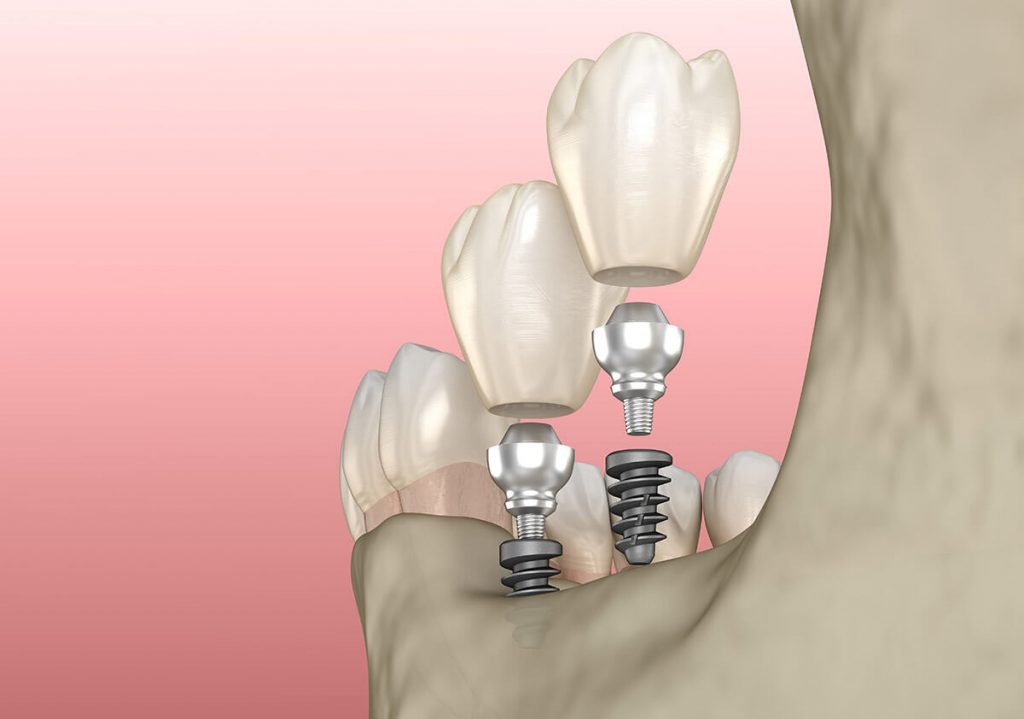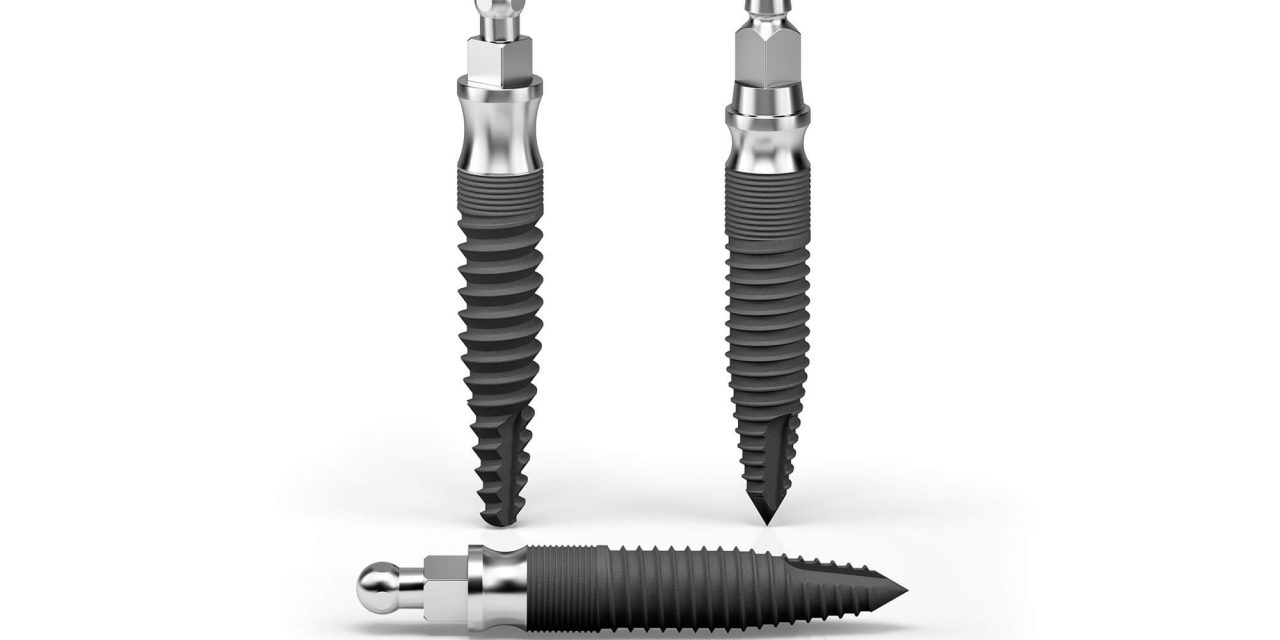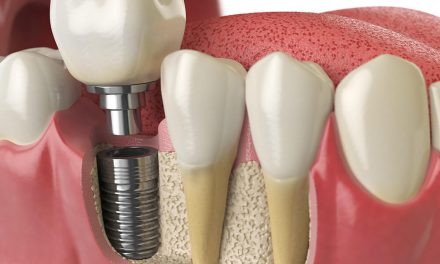Mini implants are inserted into the bone of the jaw just like conventional tooth implants. They differ from conventional implants, however, as they are significantly smaller in diameter (usually only 3mms) which holds advantages. An important use of mini implants is to stabilise full dentures in the edentulous jaw. If a prosthesis does not fit well and feels loose, inserting these implants offers the patient an effective and easy solution to the problem.
When are mini implants used?
Older patients, who often have full dentures, frequently complain about the poor hold of their dentures. In many cases, the reason for the loose prosthesis is a decrease in the bone of the patient’s jaw, which is a condition known as atrophy. A loosely fitting prosthesis is very uncomfortable for the patient while eating, speaking and laughing. Patients who have this often problem often resort to using a dental fixative cream, or having their prosthesis realigned regularly. All of this is problematic and affects the quality of the patient’s life negatively.
These kind of implants offer the patient a tried and tested solution to this problem. It is also a comparatively inexpensive way of getting a better fit for the prosthesis. They offer an effective way of securely anchoring the full denture in the edentulous upper or lower jaw.
In addition, they are used as a supportive aid for conventional therapy with dental implants to fill in small gaps in the patient’s row of teeth, or as part of an orthodontic treatment.
How are the mini implants constructed?
Mini implants are usually made of titanium or a ceramic material. These materials are very non-reactive with the body, and so are very biocompatible. In contrast to conventional tooth implants, mini implants are all in one piece. They have a helical part which is screwed into the jawbone, and a rounded head that protrudes above the jawbone and serves as the anchor for the denture.
How is a full denture anchored with mini implants?
During a treatment session, the dentist carefully inserts small titanium pins into the patient’s jaw. Seeing that the implants have a small diameter, the procedure is quite gentle. Four to six implants are normally enough to provide the dental prosthesis with enough support to make it fit snugly again. The patients existing prothesis can usually be adapted by the dentist or the dental technician to be used with the mini implants. Occasionally a new denture will have to be made.

A counterpart to the abutment (the rounded part of the implant that sticks out of the patient’s jaw) is incorporated into the denture. It has a metal frame equipped with a rubber ring that securely snaps onto the rounded head of the mini implant. The patient can now easily click the prosthesis into place in the mouth and remove it in the same way. The result is that the patient can enjoy the comfort and improved function of a denture that fits securely in the mouth again.





